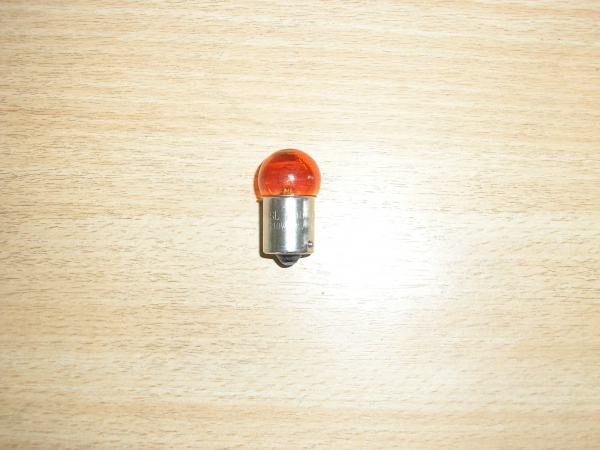

Variations are produced by the use of groups of yarns, as in basket weave and monk's cloth, or by alternating fine and coarse yarns to make ribbed and corded fabrics, as the warp-ribbed Bedford cord, piqué, and dimity and the weft-ribbed poplin, rep, and grosgrain.

The relatively simple construction suits it to cheap fabrics, heavy yarns, and printed designs. In plain weave, also known as calico, tabby, taffeta, or homespun weaves, the weft passes over alternate warp threads, requiring two harnesses only. The three fundamental weaves, of which others are variations, are the plain, twill, and satin. Woven fabrics are classified as to weave or structure according to the manner in which warp and weft cross each other. Gradually frames for holding the warp evenly stretched and devices for throwing the weft came into use (see loom). In most primitive weaving these operations were performed by the hands alone, as in making rush mats and baskets. The three essential steps after the warp is stretched are: shedding, or raising every alternate warp yarn or set of yarns to receive the weft picking, or inserting the weft and battening, or pressing home the weft to make the fabric compact.

The weft, woof, or filling crosses the warp, binding the warp threads at either side to form the selvage. The first step in weaving is to stretch the warp, or longitudinal, yarns, which must be very strong. Some of the finest silks, velvets, table linens, and carpets are still woven on handlooms. The factory system of machine weaving produces quantities of standardized material for mass consumption the result is a loss of the distinctive elements of quality and design. The 18th-century weaving and spinning inventions marked the transition from the old era of domestic craftsmanship to the tremendous, organized industry of today.

In colonial America weaving was a household industry allied with agriculture. Tapestry weaving was brought to a high art in France. Flemish weavers brought to England by William the Conqueror and later by Queen Elizabeth I gave a great impetus to the craft there, and Lancashire became an important center. In Flanders a high degree of skill was attained by the 10th cent., especially in the weaving of wool. Greece, Italy, and Spain became proficient. Byzantium became a center of silk weaving in the 6th cent. In primitive cultures weaving was practiced mainly by women.Īlthough weaving sprang up independently in different parts of the world and was early known in Europe, its high development there in the Middle Ages was brought about by Eastern influences operating through Muslim and Byzantine channels of culture. Moreover, the earliest literatures often mention the products of the loom. Discoveries in the early 1990s in the Czech Republic point to a possible origin in the Paleolithic period some 27,000 years ago. It is one of the most ancient fundamental arts, as indicated by archaeological evidence. Weaving, the art of forming a fabric by interlacing at right angles two or more sets of yarn or other material.


 0 kommentar(er)
0 kommentar(er)
